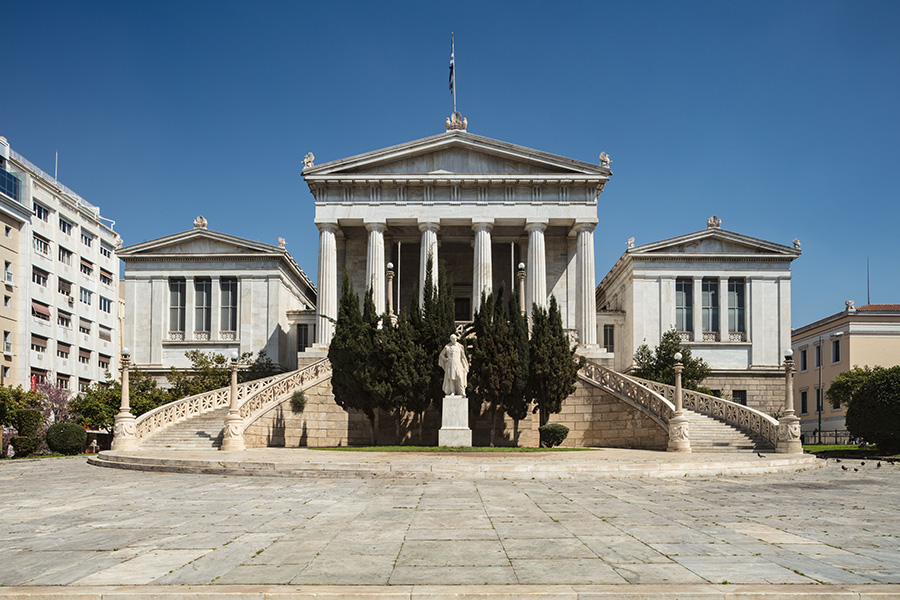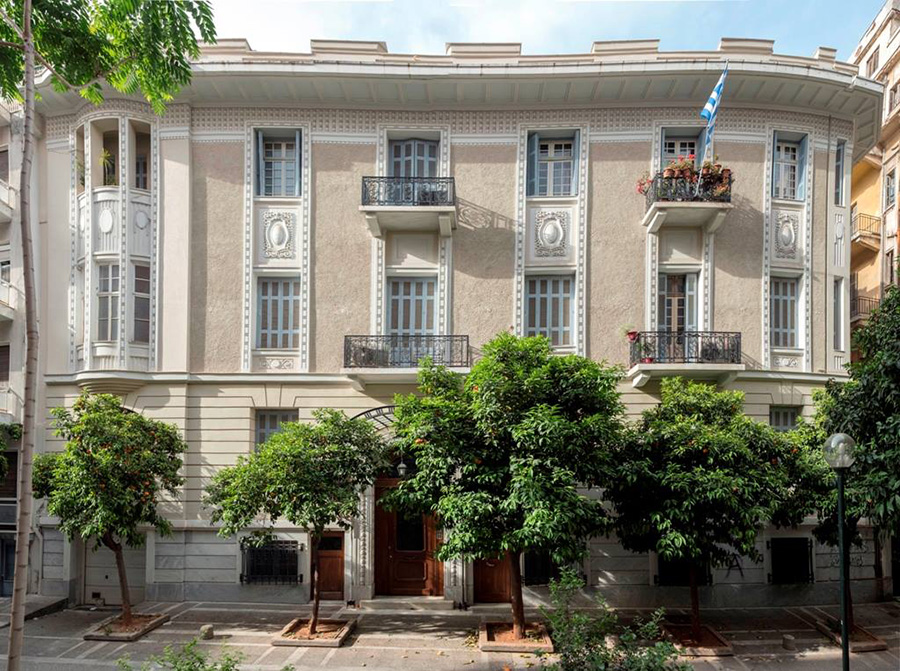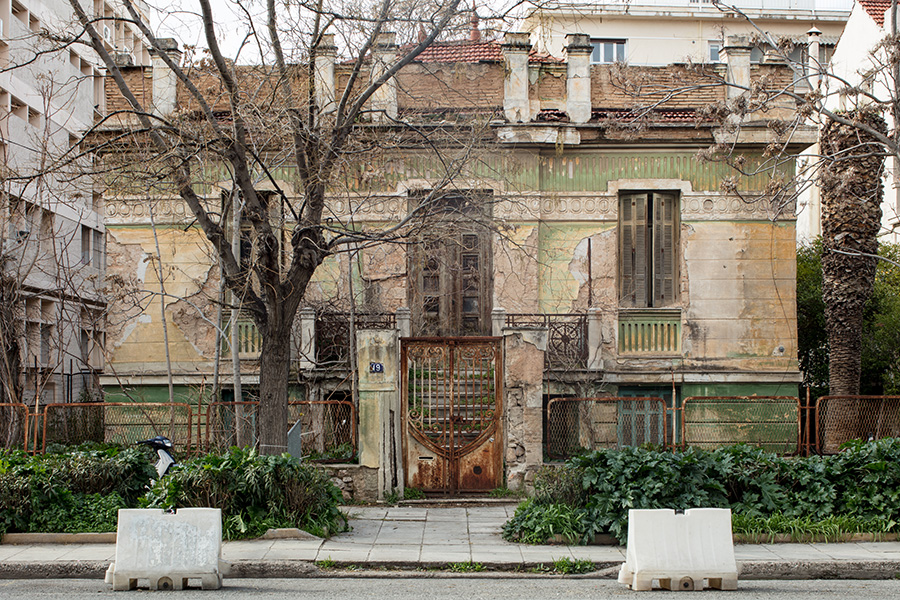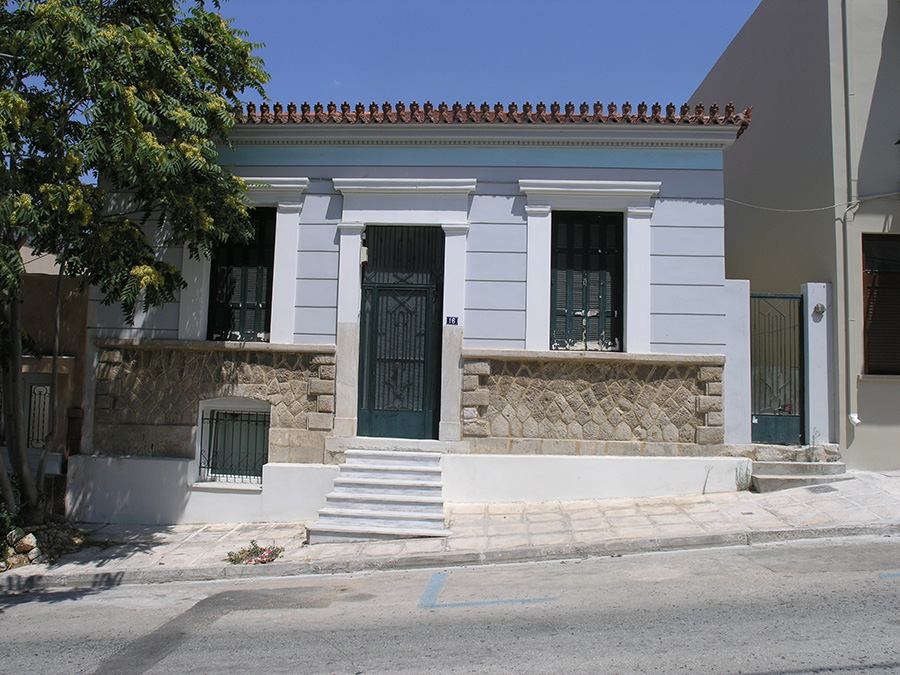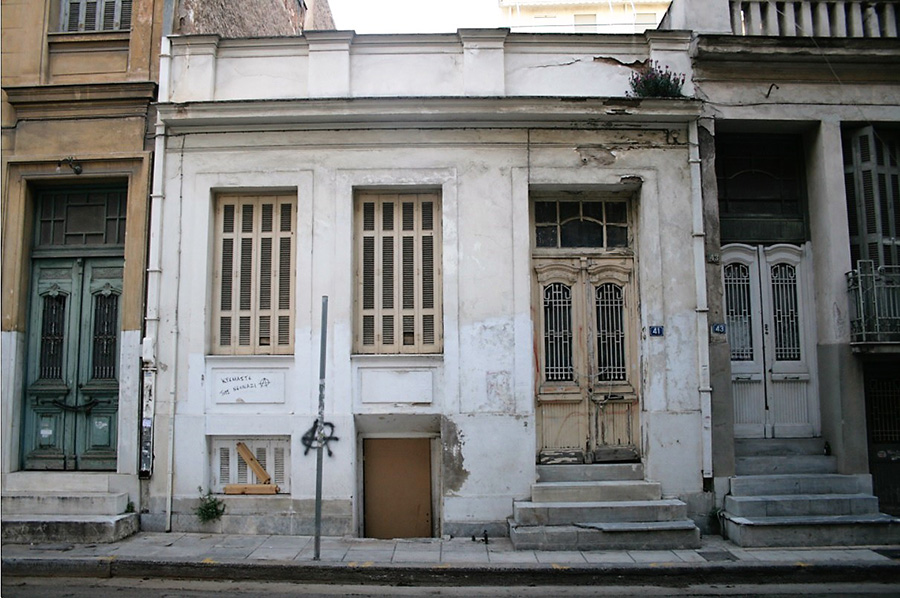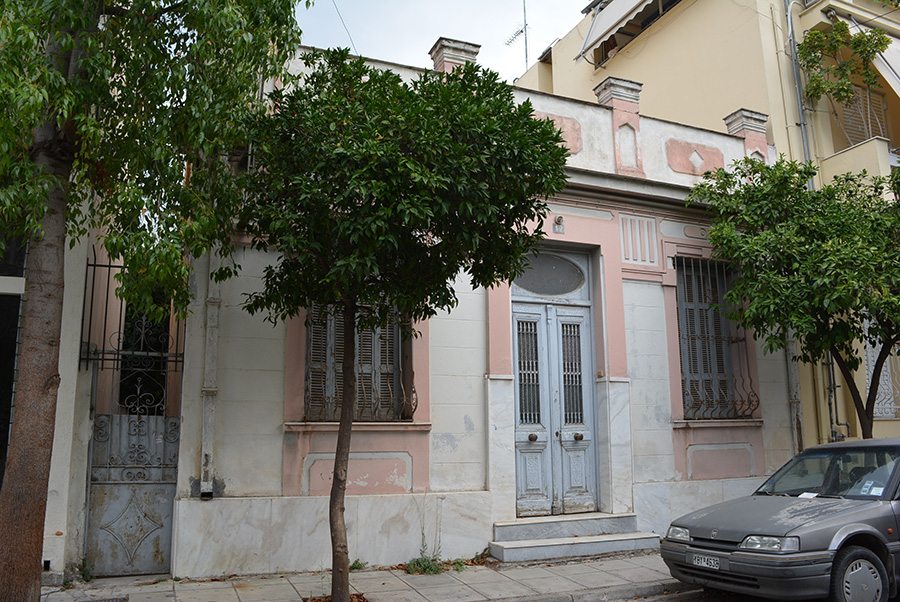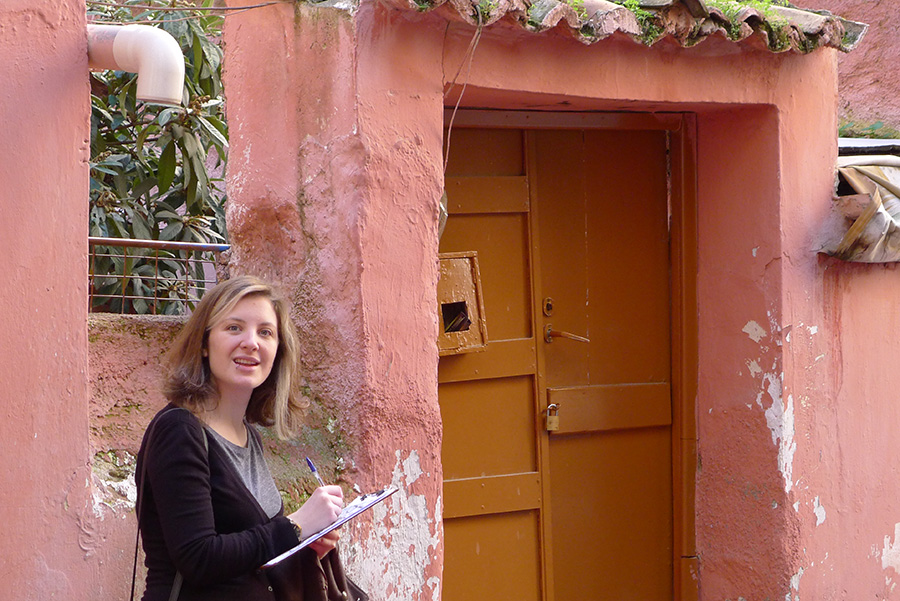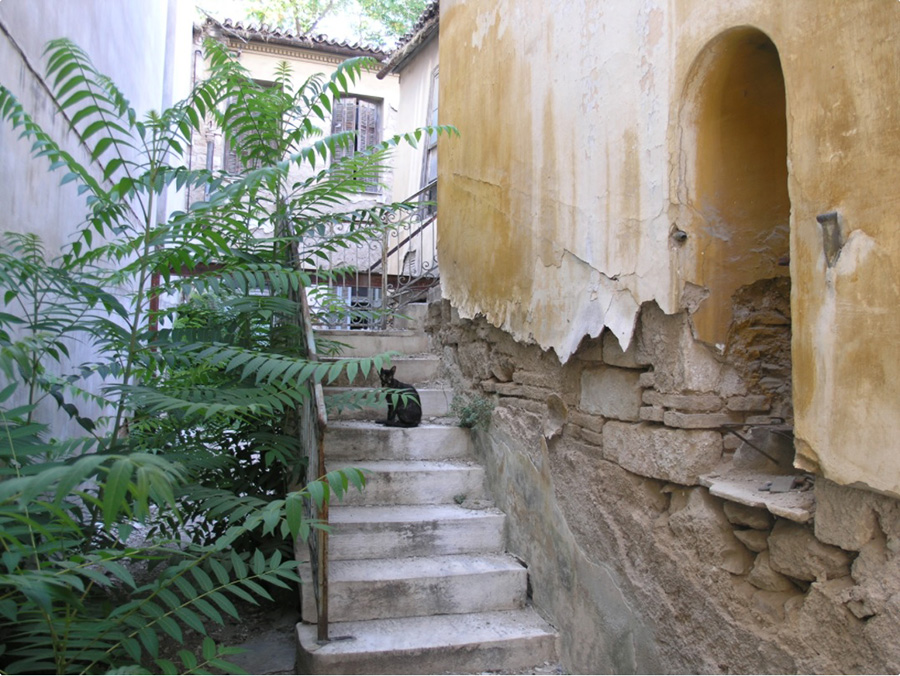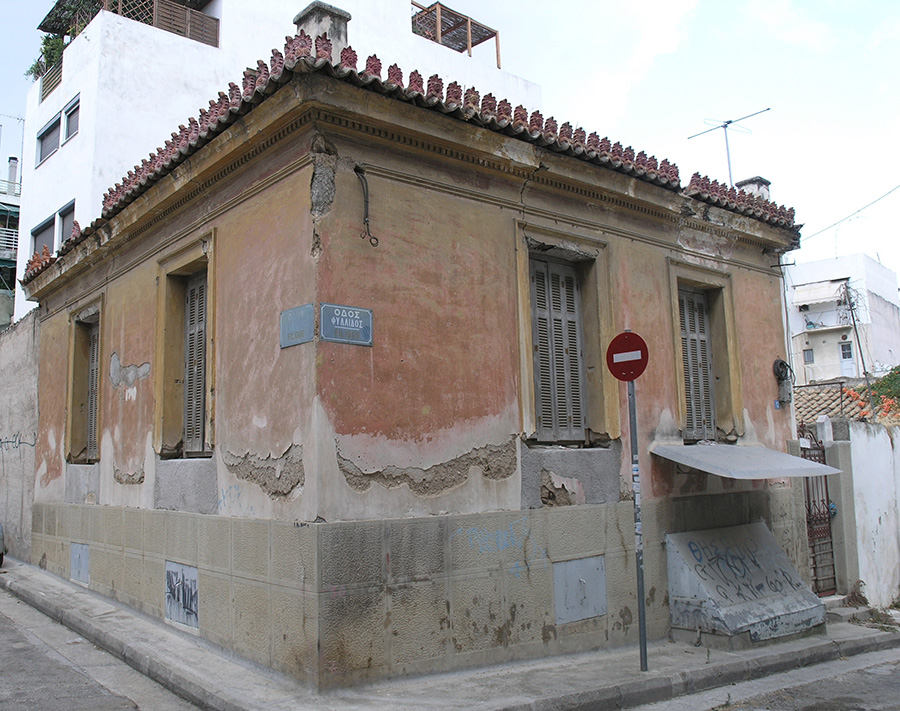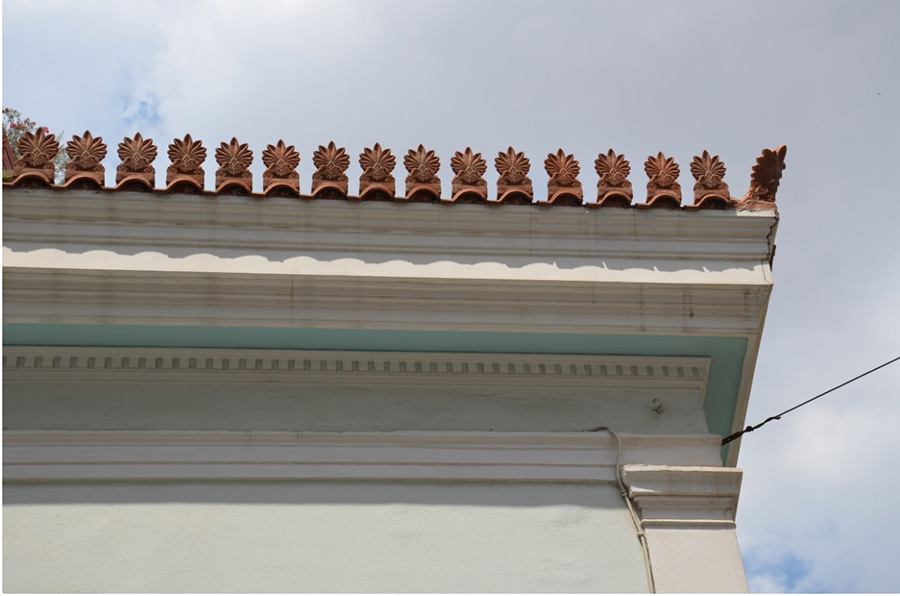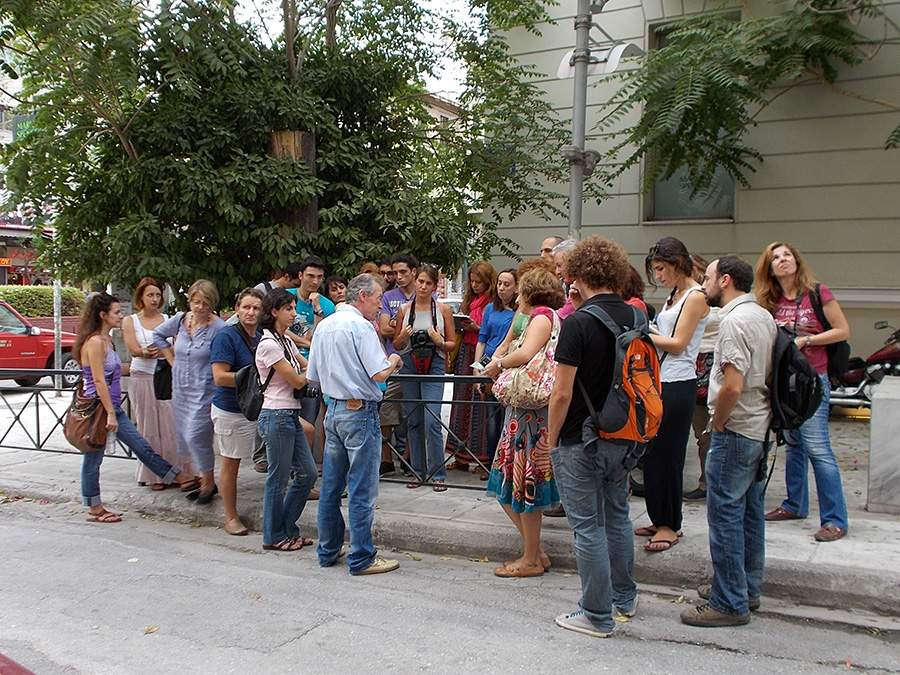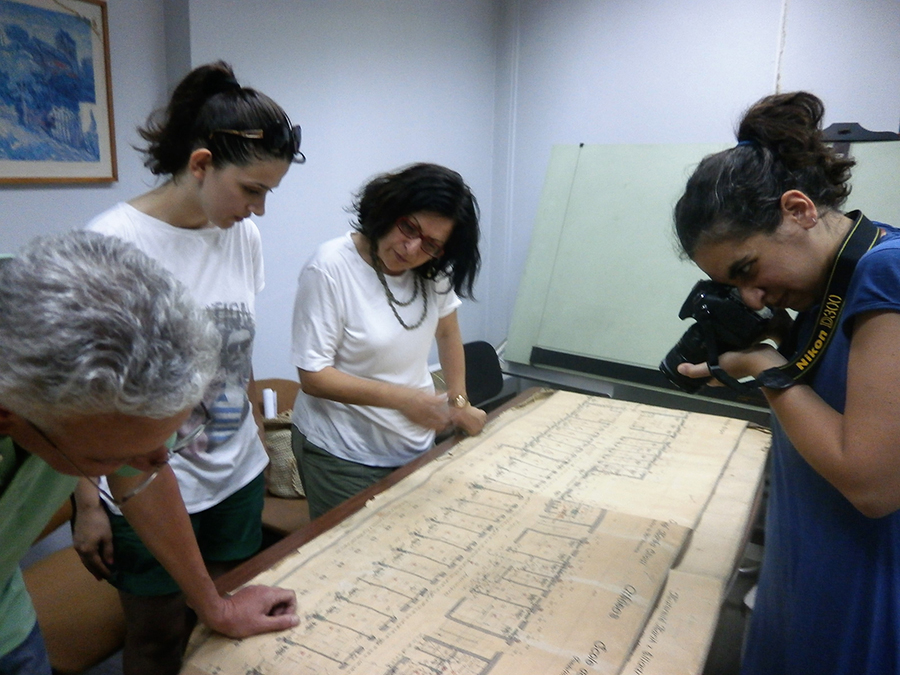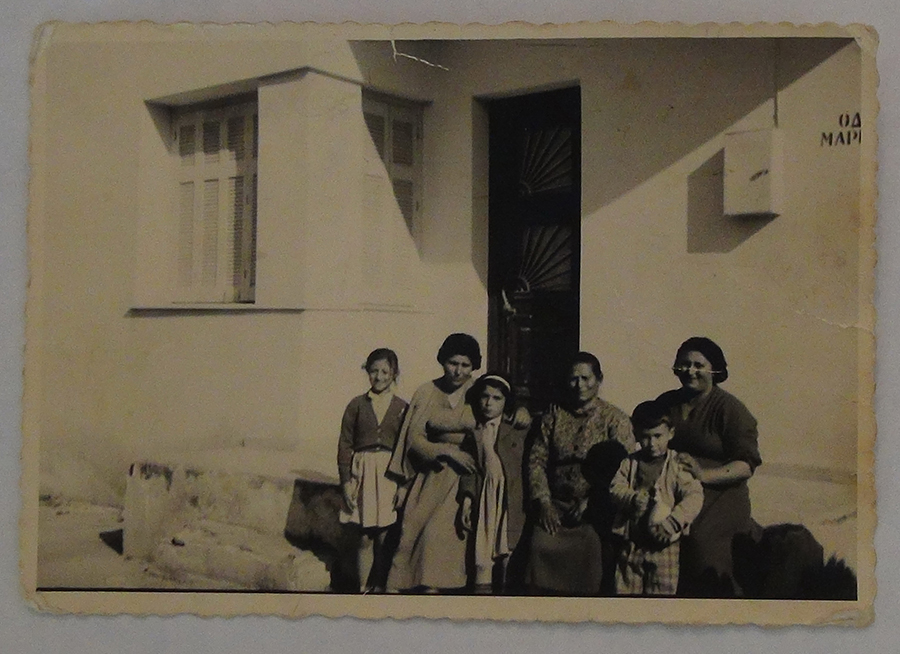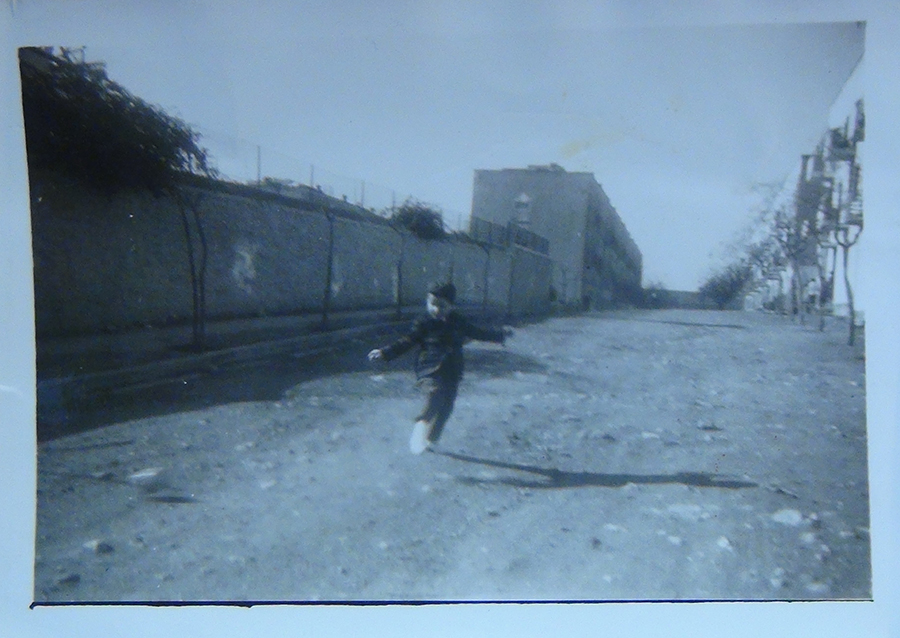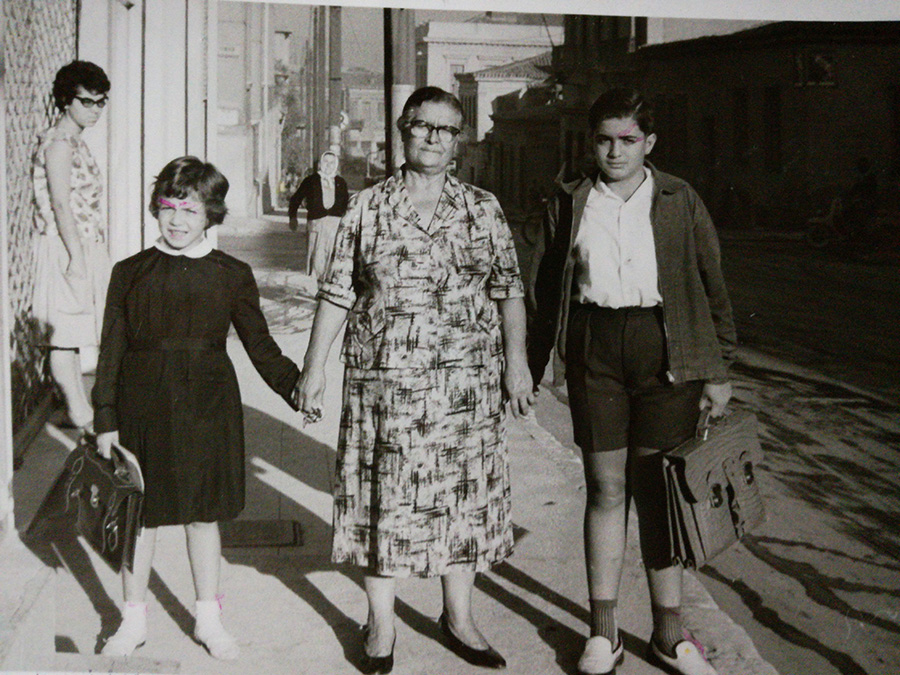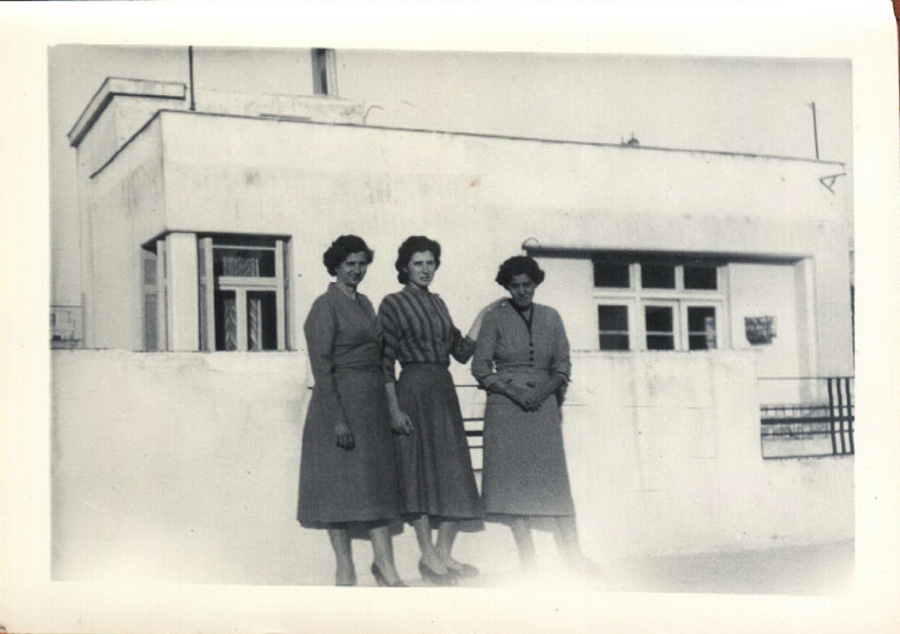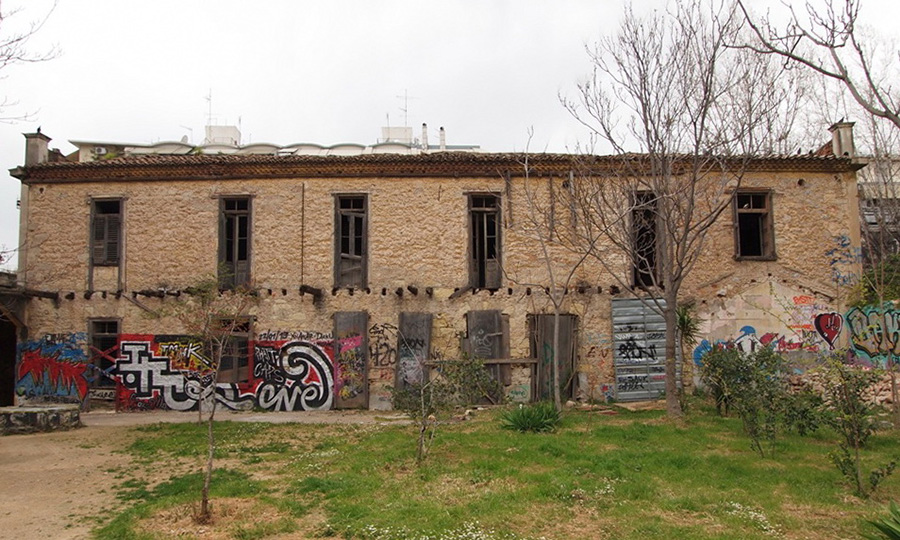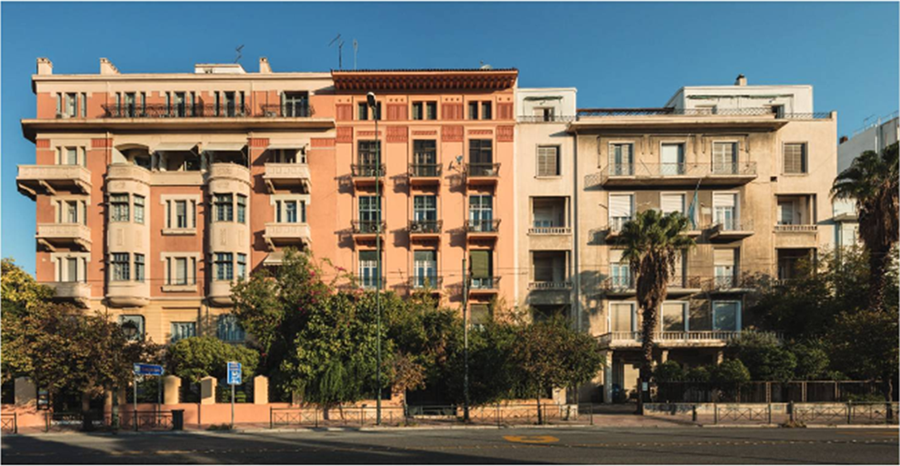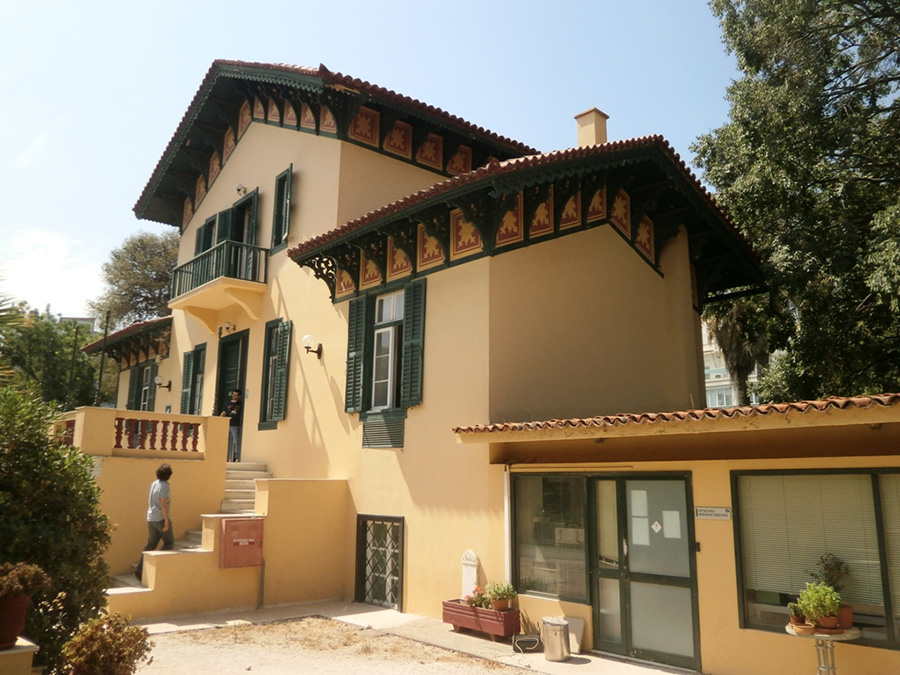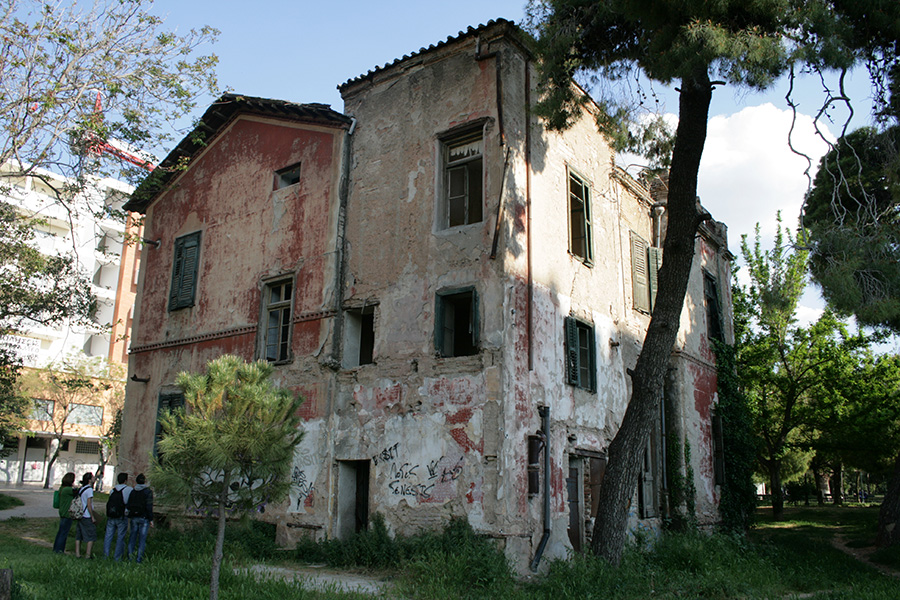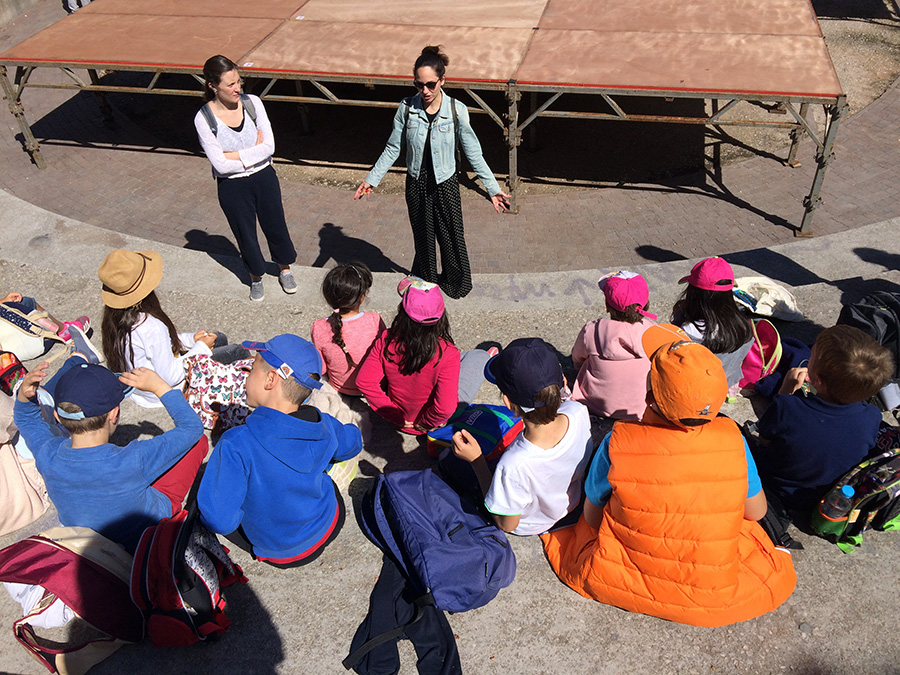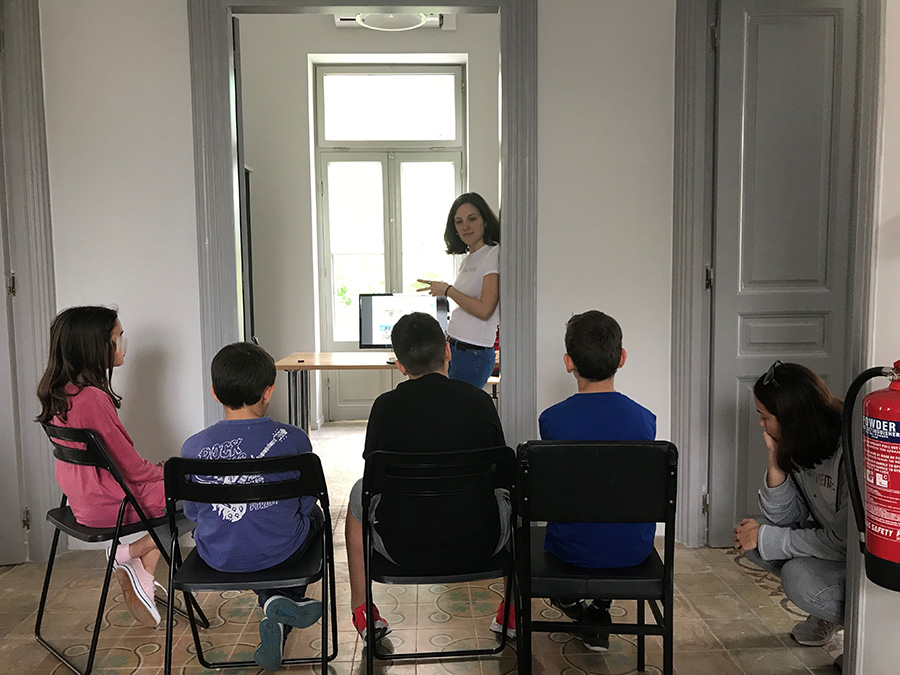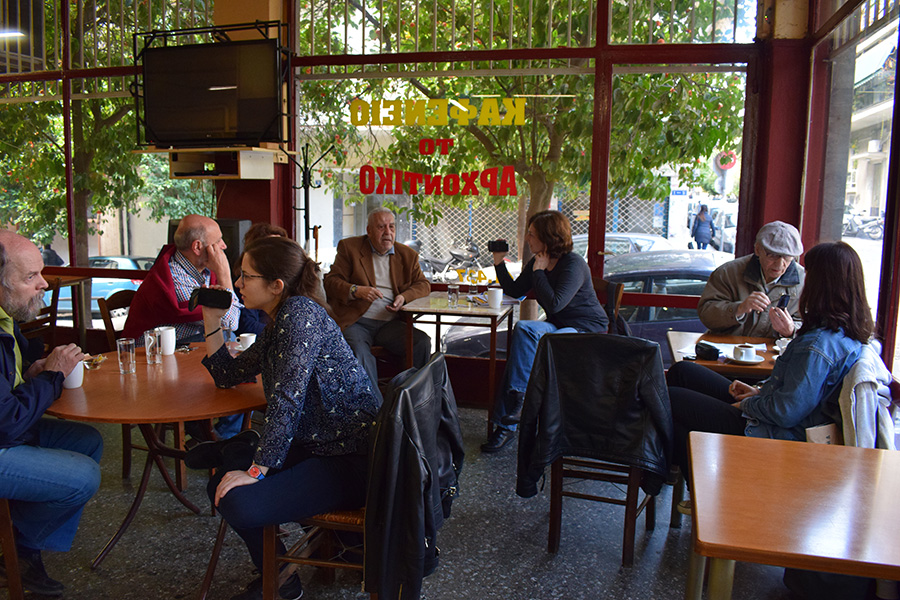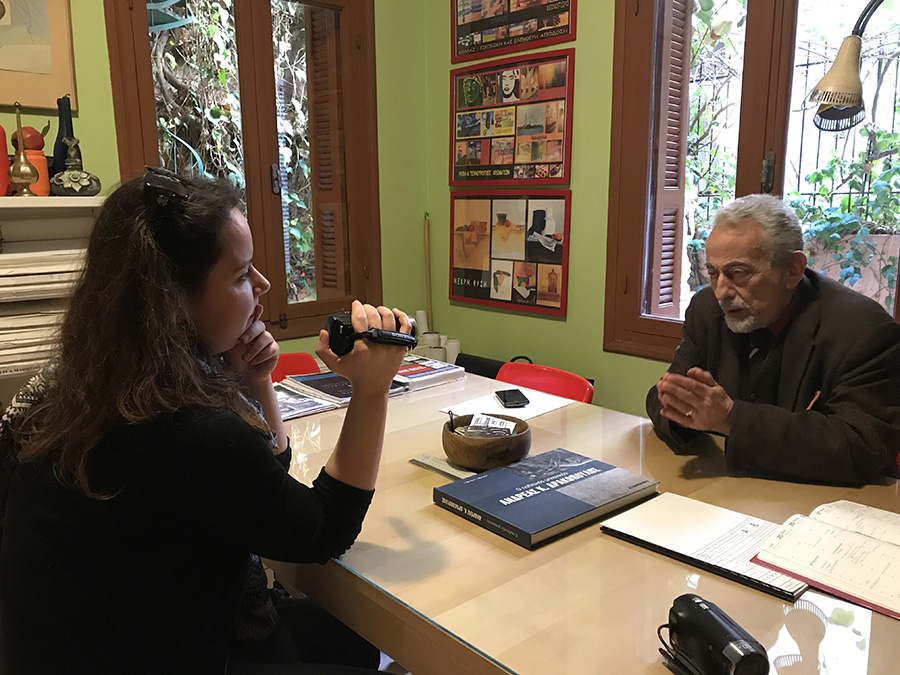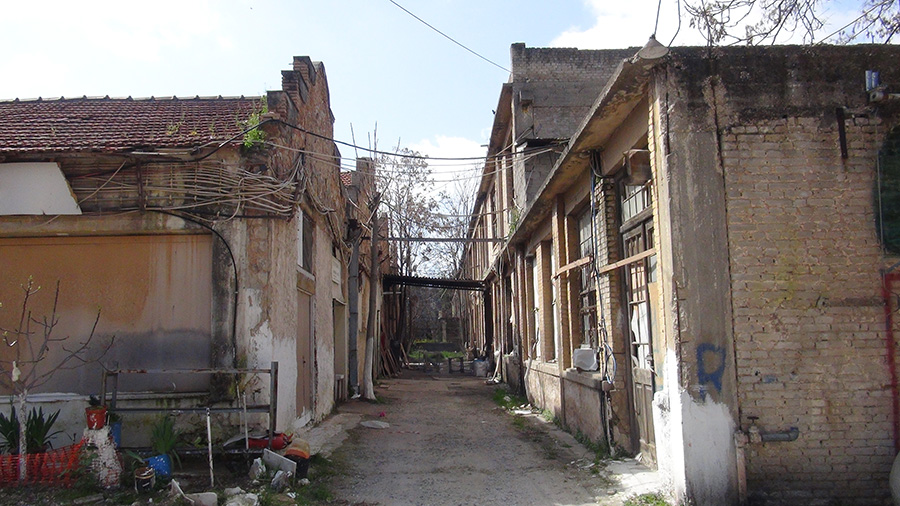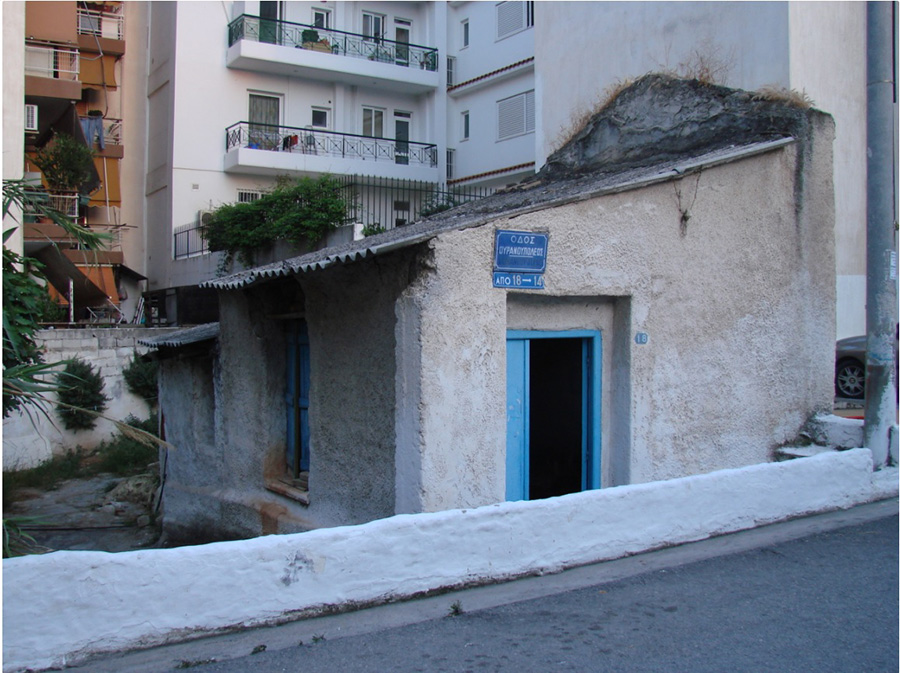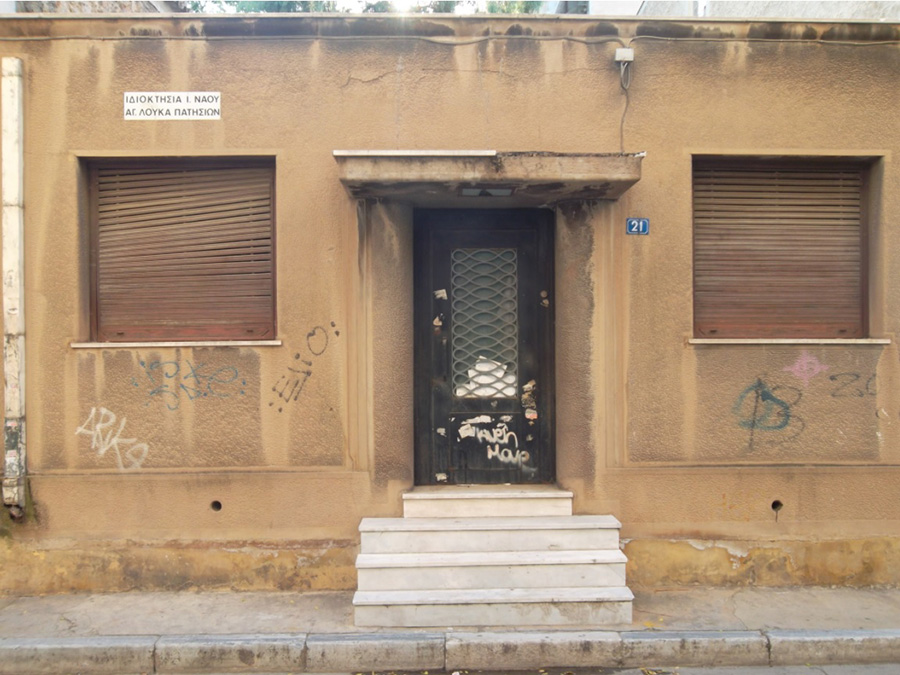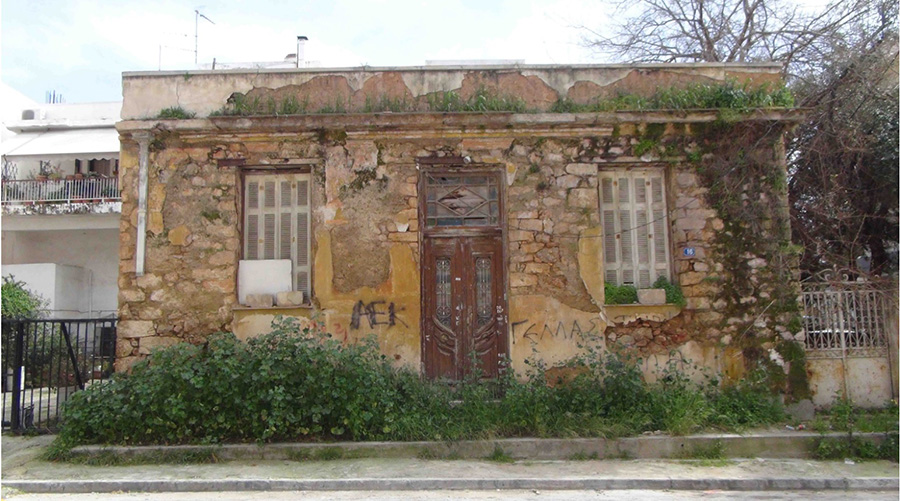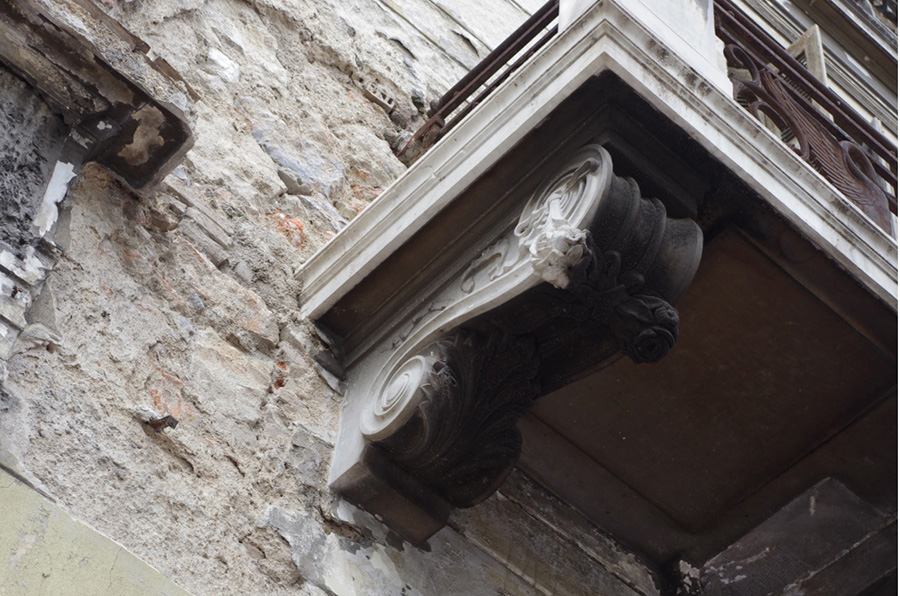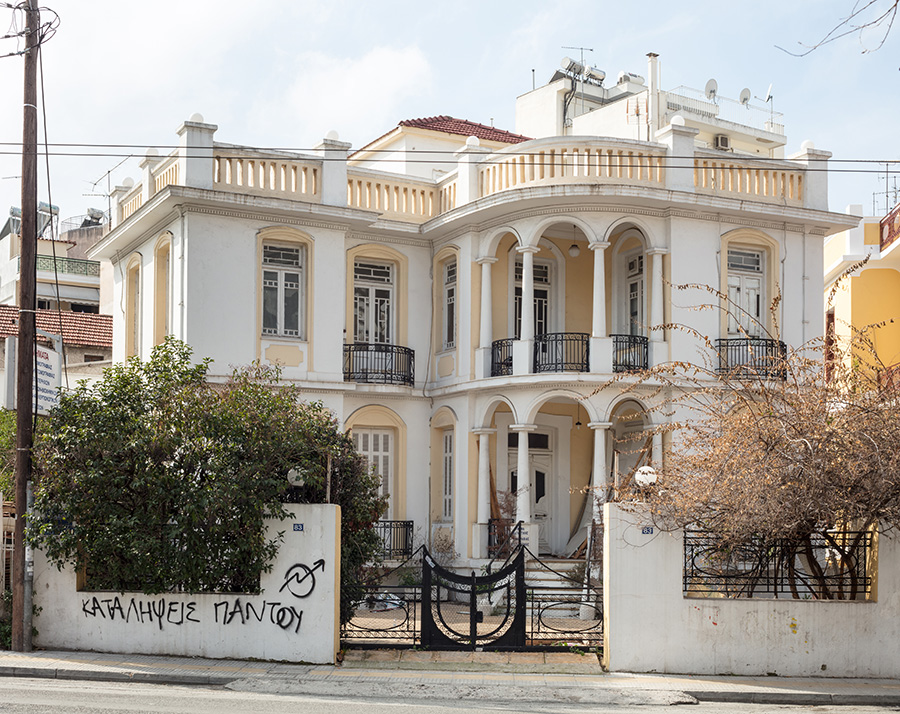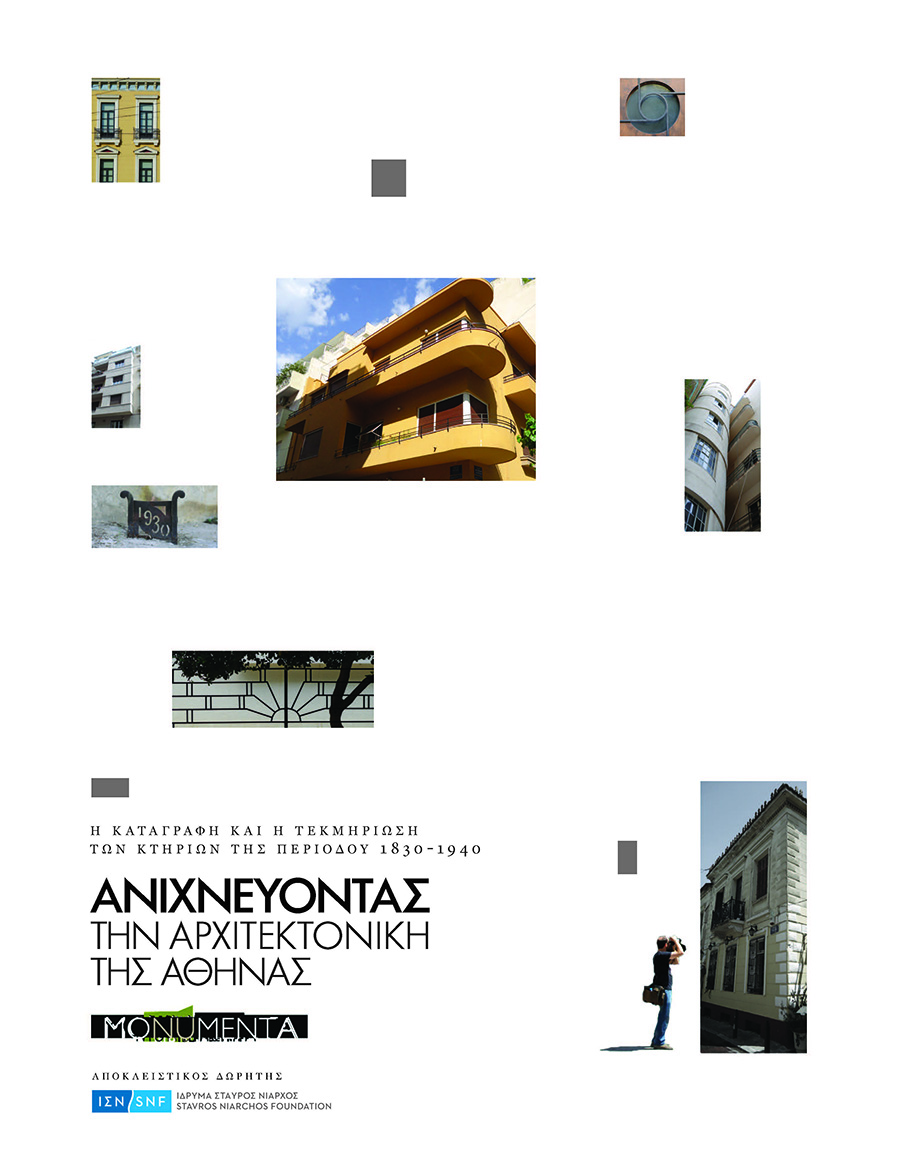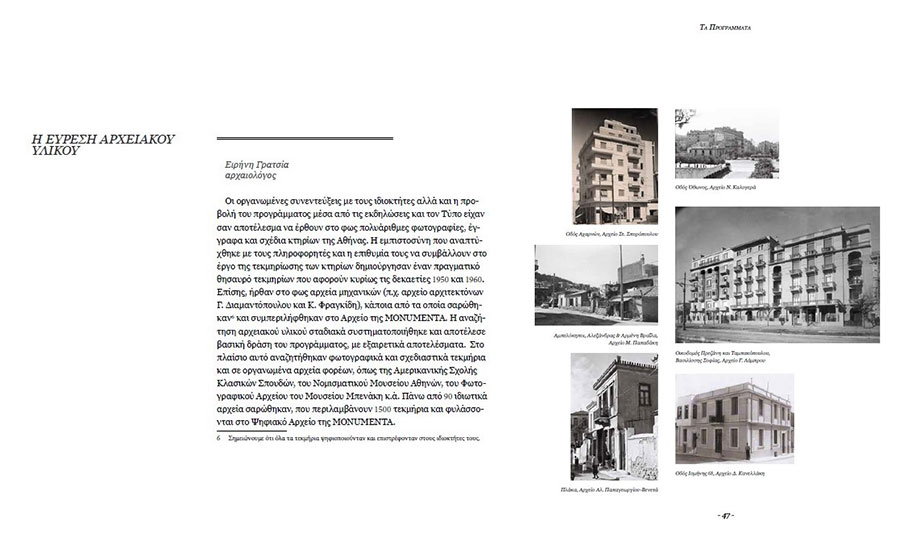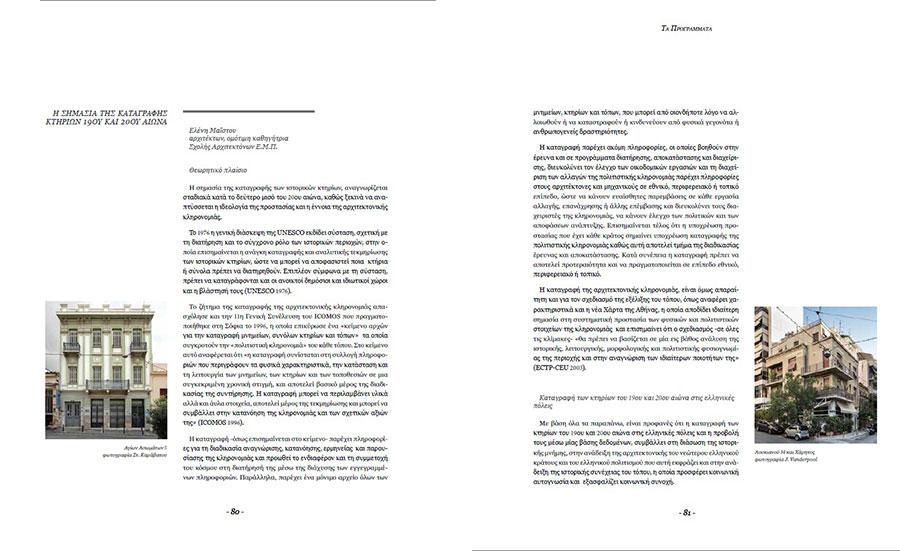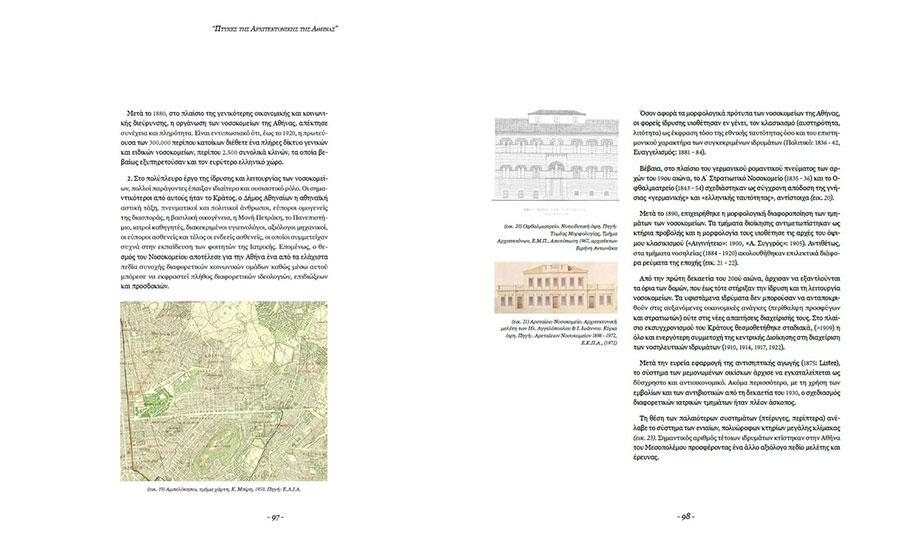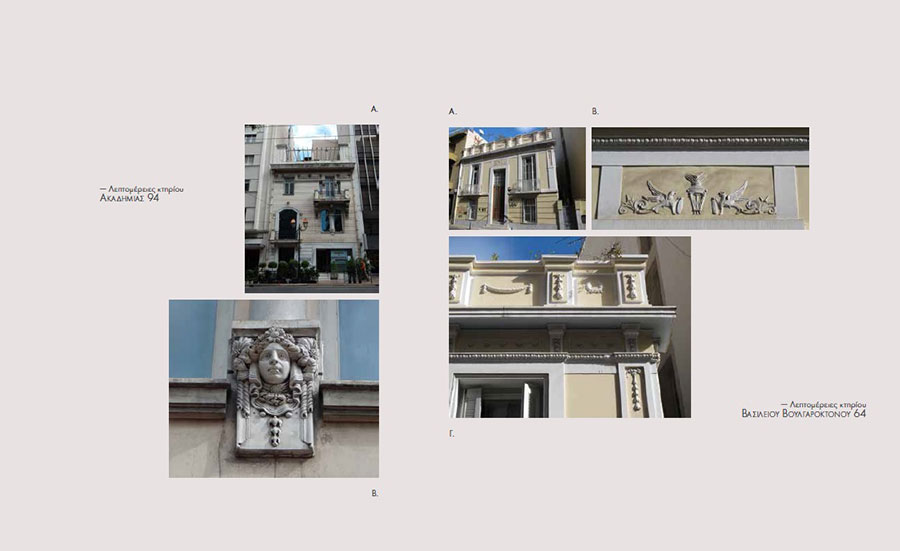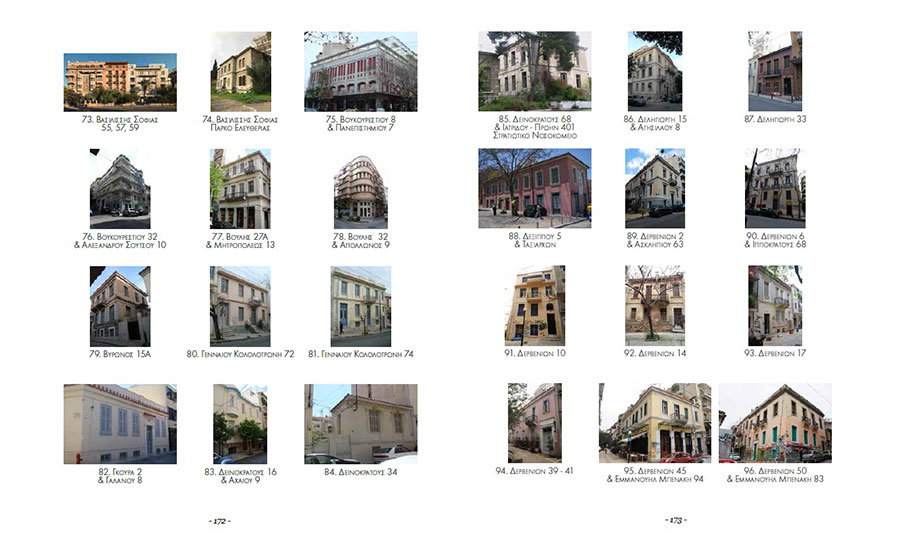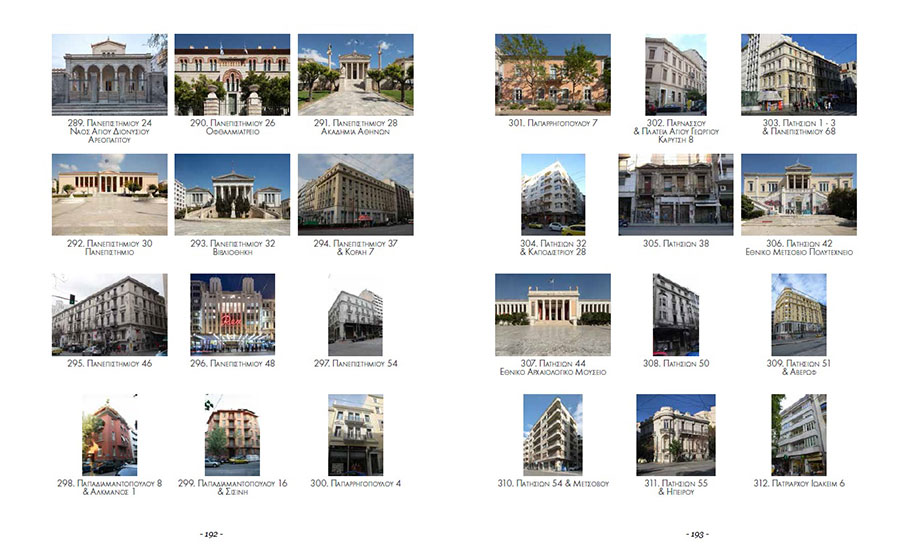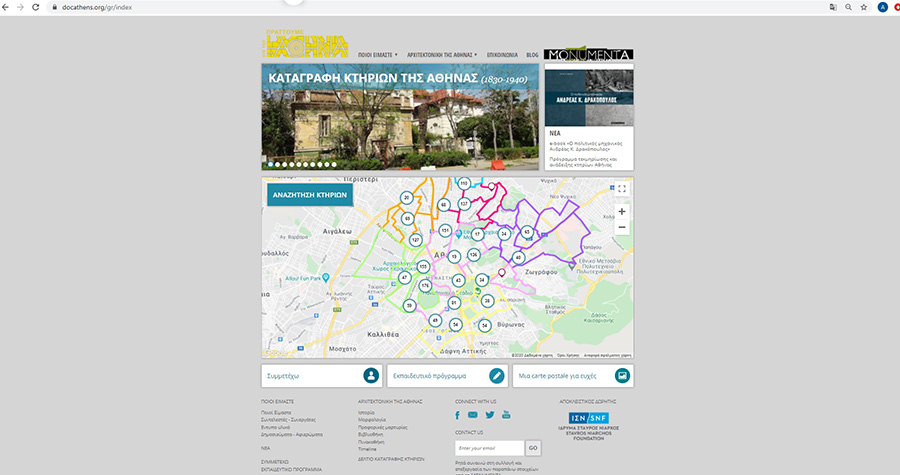
Preserving Buildings, and Memories, in Athens
Once you’re attuned to that heritage, you start seeing it everywhere, in every neighborhood of the city: neoclassical, eclectic, art nouveau, popular, and 1930s modernist edifices. Many of the buildings are abandoned, but some are well-preserved. Most are squeezed between high-rise apartments, showing by the light spilling from their windows, the small talk drifting from a tiny balcony barely big enough for two people, and the children’s laughter erupting from an enclosed patio that they are still places people call home.
Before 2013, these buildings—those that had survived the massive demolitions of the ‘50s and ‘60s—remained hidden gems. No systematic attempt had been made to record and document them for preservation purposes until the nonprofit MONUMENTA undertook to do so through a grant from the Stavros Niarchos Foundation (SNF).
For seven years, the MONUMENTA team, which comprises archaeologists, architects, civil engineers, librarians and others, began field research, exploring every corner of Athens. They collected information and material for archives, photographing and made records of more than 10,600 buildings. They were not alone in this endeavor. More than 300 people volunteered their time to the project, assisted by people from the local community who gladly answered questions from MONUMENTA volunteers about the buildings in their neighborhood. At the same time, the organization wanted to invite as many people as possible into this collective effort to showcase the architectural heritage of the city and organized educational activities in schools, events, and guided tours.
“Homes are not just empty shells; they are defined by the people living in them,” says Irini Gratsia, head of MONUMENTA. In addition to taking photographs and recording details, such as the date of construction, the architectural style, and the level of preservation, oral histories were also systematically collected in a parallel. Stories from residents not only describe the buildings, but also capture life from a different era, a different Athens.
“Essentially, our yard always bordered Pontou Street. It was on Michalakopoulou Street too and we came out from there…. I still remember Michalakopoulou as a river. As a child, I remember going down to the river bank, and crossing to the other side to play,” says a Mrs. Olga Karamanov in one of the resident interviews conducted by the MONUMENTA team.
This architectural heritage, along with the history of the city and the stories of its inhabitants, is collected at docathens.org and via the MONUMENTA app (android and apple). A publication from MONUMENTA entitled “Tracing the Architecture of Athens” is forthcoming.
Wherever you live, the next time you come across an intriguing old building, stop to give it a closer, more careful look and take a moment to wonder about its story. And if you happen to be in Athens, don’t wonder; find out from MONUMENTA.
